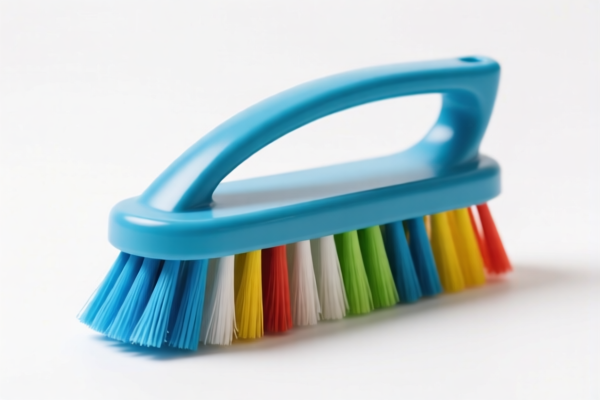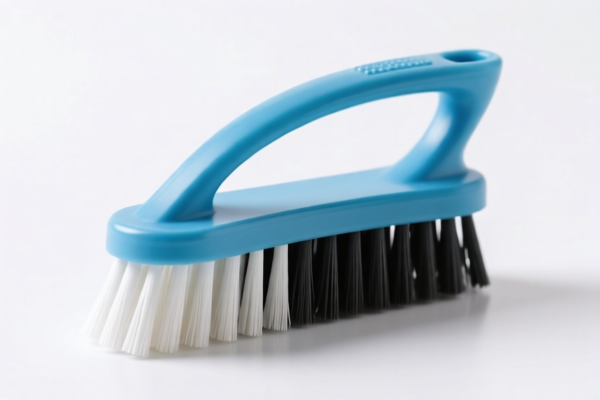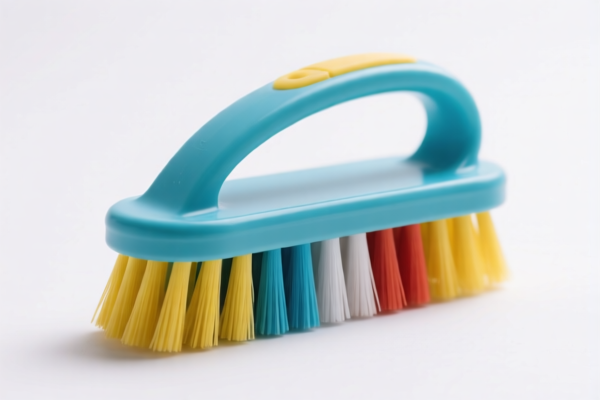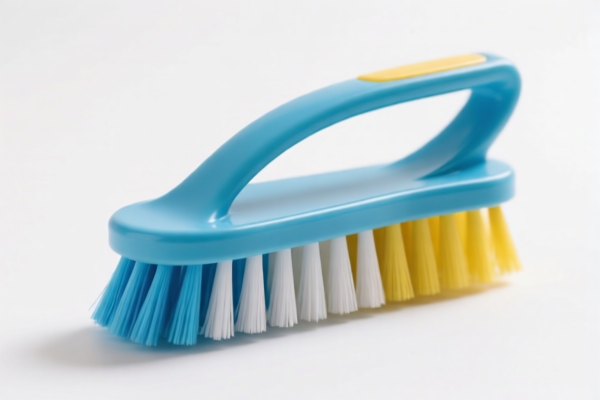| HS Code | Official Doc | Tariff Rate | Origin | Destination | Effective Date |
|---|---|---|---|---|---|
| 3707906000 | Doc | 55.0% | CN | US | 2025-05-12 |
| 3707903290 | Doc | 55.0% | CN | US | 2025-05-12 |
| 9603302000 | Doc | 40.1% | CN | US | 2025-05-12 |
| 9603306000 | Doc | 30.0% | CN | US | 2025-05-12 |
| 9616100000 | Doc | 37.5% | CN | US | 2025-05-12 |
| 9616200000 | Doc | 34.3% | CN | US | 2025-05-12 |




Cosmetic Brush Cleaner
Cosmetic brush cleaner refers to products designed to remove makeup residue, dirt, and bacteria from cosmetic brushes. Regular cleaning is essential for brush hygiene, extending brush lifespan, and maintaining skin health.
Material Composition
Brush cleaners vary in composition, generally falling into these categories:
- Liquid Cleaners: These are the most common type, typically water-based solutions containing surfactants (detergents) to lift away debris. Ingredients may include:
- Surfactants: Sodium lauryl sulfate, coco-glucoside, decyl glucoside are frequently used. These break the surface tension of water, allowing it to mix with oil-based makeup.
- Solvents: Isopropyl alcohol or other alcohols can aid in dissolving stubborn makeup and speeding up drying. Some formulations are alcohol-free.
- Conditioners/Moisturizers: Glycerin, aloe vera, or oils (like jojoba or coconut oil) help to soften brush bristles and prevent them from becoming brittle.
- Preservatives: Prevent bacterial growth within the cleaner itself.
- Solid Cleaners: These come in bar or paste form, often containing oils, waxes, and surfactants. They are typically more concentrated and require water to create a lather.
- Brush Cleaning Mats/Pads: These are typically silicone or rubber mats with textured surfaces designed to agitate brush bristles during cleaning. They are used with a liquid cleaner.
- Cleaning Sprays: These are usually alcohol-based and used for quick disinfection and drying, but are less effective at deep cleaning.
Purpose and Function
The primary purpose of a cosmetic brush cleaner is to:
- Remove Makeup Residue: Prevent buildup that can affect brush performance and harbor bacteria.
- Eliminate Dirt and Oils: Brushes collect skin oils, dust, and other environmental contaminants.
- Kill Bacteria: Brushes are a breeding ground for bacteria, which can cause skin irritation or infection.
- Restore Brush Shape and Softness: Cleaning helps maintain the integrity of the bristles.
- Extend Brush Lifespan: Regular cleaning prevents bristles from becoming damaged and misshapen.
Usage Scenarios
- Daily/After Each Use (Light Cleaning): For brushes used with liquid or cream products, a quick spray or wipe-down with a gentle cleanser can prevent buildup.
- Weekly/Bi-Weekly (Deep Cleaning): More thorough cleaning with a dedicated brush cleaner is recommended to remove all traces of makeup and bacteria.
- Changing Colors: Essential to clean brushes thoroughly when switching between different makeup products (e.g., light to dark foundation).
- After Illness: Cleaning is recommended to eliminate potential bacteria.
Common Types
- Brush Cleaner Sprays: Fast-drying, convenient for quick cleaning and disinfecting. Often alcohol-based.
- Brush Cleaner Liquids: Available in various formulations for different brush types and makeup types. May require rinsing.
- Brush Cleaning Gels: Similar to liquids, but often thicker in consistency.
- Brush Cleaning Shampoos: Specifically formulated for synthetic and natural brushes.
- Solid Brush Cleaners (Bars/Pastes): Concentrated, economical, and good for deep cleaning.
- Brush Cleaning Mats/Pads: Used in conjunction with liquid cleaners to provide a textured surface for agitation.
- Brush Cleaning Kits: Often include a cleaner, mat, and/or drying rack.
Cosmetic brush cleaner falls under the category of preparations used for cosmetic application and cleaning. Here's a breakdown of relevant HS codes based on the provided information:
-
9603302000: Artists' brushes, writing brushes and similar brushes for the application of cosmetics: Valued not over 5¢ each. This code applies to cosmetic brushes with a value not exceeding 5 cents per unit.
- 96: Chapter 96 – Miscellaneous manufactured articles.
- 03: Heading 96.03 – Brooms, brushes (including brushes constituting parts of machines, appliances or vehicles), hand-operated mechanical floor sweepers, not motorized, mops and feather dusters; prepared knots and tufts for broom or brush making; paint pads and rollers; squeegees (other than roller squeegees).
- 30: Subheading 96.03.30 – Artists' brushes, writing brushes and similar brushes for the application of cosmetics.
- 20: Further specification – Valued not over 5¢ each.
-
9603306000: Artists' brushes, writing brushes and similar brushes for the application of cosmetics: Valued over 10¢ each. This code applies to cosmetic brushes with a value exceeding 10 cents per unit.
- 96: Chapter 96 – Miscellaneous manufactured articles.
- 03: Heading 96.03 – Brooms, brushes (including brushes constituting parts of machines, appliances or vehicles), hand-operated mechanical floor sweepers, not motorized, mops and feather dusters; prepared knots and tufts for broom or brush making; paint pads and rollers; squeegees (other than roller squeegees).
- 30: Subheading 96.03.30 – Artists' brushes, writing brushes and similar brushes for the application of cosmetics.
- 60: Further specification – Valued over 10¢ each.
According to the provided reference material, the HS code options related to 'cosmetic brush cleaner' are limited, with only the following 2 found.
Please note that the applicable tariff rates for these HS codes are as follows:
- 9603302000: Basic tariff: 2.6%, Additional tariff: 7.5%, Tariff after 2025.4.2: 30.0%, Total tariff: 40.1%.
- 9603306000: Basic tariff: 0.0%, Additional tariff: 0.0%, Tariff after 2025.4.2: 30.0%, Total tariff: 30.0%.
The correct HS code selection depends on the declared value of each cosmetic brush cleaner unit.
Customer Reviews
No reviews yet.